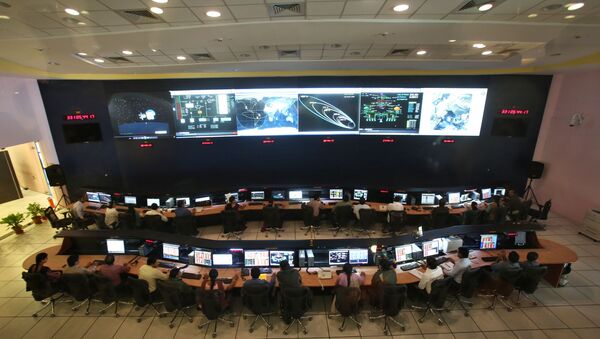The Indian Space Research Organisation (ISRO) announced on Tuesday that it will launch three Cartosat earth observation satellites between November 25 and the first week of December to beef up border security surveillance.
#ISRO #PSLV-C47 set to launch #Cartosat3 and 13 Nanosatellites of USA from Satish Dhawan Space Centre in Sriharikota at 0928 Hrs IST on Nov 25, 2019, subject to weather conditions.
— ISRO (@isro) November 19, 2019
Updates will continue. pic.twitter.com/RbtjHLlEfZ
Cartosat satellites are part of the Indian Remote Sensing Program (IRSP) and are used for Earth's resource management, defence services, and monitoring.
Besides these three primary satellites, the launcher Polar Satellite Launch Vehicle (PSLV) will carry over two dozen smaller foreign satellites.
The Cartosat PSLV C-47 rocket, to be launched from Sriharikota at 9.28 a.m. on 25 November, will be placed in an orbit of 509 km at an inclination of 97.5 degrees.
Two more surveillance satellites — Risat-2BR1 and Risat-2BR2 — will be launched in December with the help of PSLV C-48 and C-49 rockets, reports quoted space agency sources as saying on condition of anonymity.
Cartosat-3 is a third-generation agile advanced satellite having a powerful resolution of 25 cm which enables it to identify two objects separated by a distance of 25 cm. It also has a wider spatial (geographic) range (approximately 16 km), multi-spectral (captures light within specific ranges in the electromagnetic spectrum) and hyperspectral (captures light from across the electromagnetic spectrum) capabilities, which can assist in locating enemy hideouts and terror hubs.
The Risat-2BR1 and Risat-2BR2 satellites have the capability of seeing through clouds and taking images at night which can be very helpful in tracing border infiltration and terror activity.




